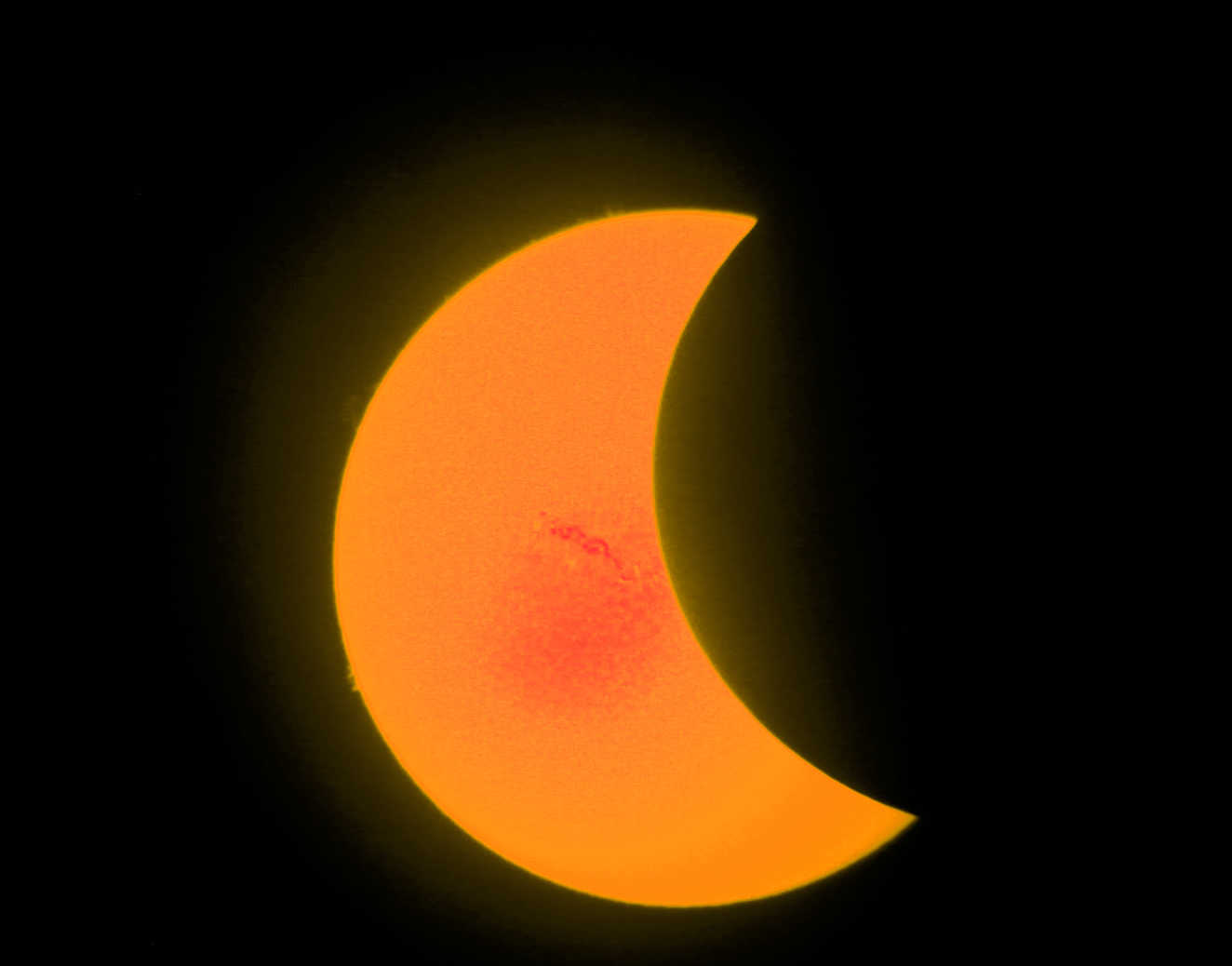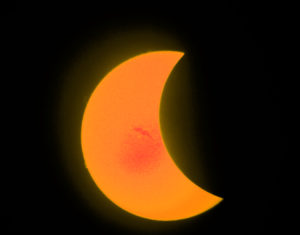By Joe Malave, Suffolk STANYS Director
The gravity of COVID-19’s effect on education in NYS and across the country is amplified by the fact most educators have never created a remote system of learning that could be done online. When I went into education, I never imagined not teaching directly in front of a group of students. Oh, and if you thought this article was going to be about how an unknown stable element can create gravity waves, and how those same gravity waves can be focused to bend space and time for propulsion systems, not quite. I can say from my personal experience that the transformational shift into remote teaching feels as if space-time has been pulled towards me and I’ve been relocated to a classroom at some very distant coordinate without moving an inch. Having been given this insight into a possible future in education, I’ve gained a new foresight into digital teaching. I can’t say that I didn’t notice online programming, or digital classrooms gaining strength. I chose not to use it. My belief has been that science needs to be taught in a lab setting and in a classroom, but now I believe the online teaching component can be a useful part of my curriculum, and I should not be so resistant to the change.
Resources are key to preparing for teaching in the new paradigm. STANYS has provided a whole web page of resources to help with distance teaching. Clearly, to teach like this, you need a fast computer, one that can handle video processing and digital processing software without crashing and doing it in a reasonable amount of time. A fast internet connection is important. Have you considered paying more for a faster internet connection? I did, and it really does help, especially when the bandwidth on Google Classroom is being stretched to the limit. Zoom meetings also benefit from having a faster connection. At this moment in time, I have two college sons home doing remote learning at the same time I’m doing remote teaching. That puts a further strain on my internet bandwidth and speed. I’m actually glad to be able to spend so much time with my sons, even if we are all in separate compartments within my home. My wife asked me if I’m planning to write off the expenses from teaching at home. I didn’t even think about that until she asked me. So if like me, you’ve spent money on software, printer paper, video recording technology, maybe a new computer, electricity, or office furniture, I’d say that you should be able to write off a portion of that in 2020, and to keep all of your receipts.
Teachers have an amazing way of banding together when things get tough. Teacher organizations, such as STANYS are a tremendous anchor in this storm. Suffolk STANYS is working to create subject area help for distance teaching. Do you know who your Subject Area Representative is? The list is on the Suffolk STANYS website. Send them an email and ask for help, or share some of your strategies or resources. Are you using driving unit questions in your distance teaching? How hard is it to devise online lessons using claim, evidence, and reasoning? I know how hard it is to meet the needs of all students when all students don’t have the same resources, computer skills, and socio-economic status. Have you contacted your technology and special education personnel to help deal with these issues?
Here’s some general topics that have been discussed this year in STANYS. Last year saw a lower conference attendance at Rochester for the STANYS annual conference. However, the speaker quality was the best we ever had, and the statewide conference gets better and better in terms of quality each year. If you have never been to a STANYS annual conference, it’s worth the sacrifice. I once had the belief that every minute in class, was a minute that I and my students will not get back if I’m out. However, how well do you understand the new NYSSLS standards? Many workshops are geared towards teaching you how to apply these standards. Until we get out of the box we teach in, you will never know all the teachers across the state in your subject area that can not only become great friends, but wonderful colleagues as well. Most of the colleagues that I’ve met are fantastic teachers willing to share teaching strategies, lessons, curriculum, etc. Now for the bad news, the 2020 STANYS conference is being cancelled due to COVID-19 concerns. So, after we get through this, keep checking the STANYS website for more information on conference updates. After I attended my first conference, I can honestly say the lost time in class does not compare to the wealth of information that I brought back into the classroom. The new teaching strategies I brought back not only made teaching more fun, but reduced the time it took to plan 3-dimensional lessons, thereby gaining back the lost time threefold.
Other STANYS discussions, if you tried CLANED this past year, it was decided that due to the inflexibility of the program during the trial period, that STANYS would not use it moving forward. Texas Instruments is a financial supporter of STANYS, so please consider using their technology in your classrooms. Many STANYS sections have been cancelling local conferences and activities due to the current COVID-19 situation. Suffolk STANYS had to cancel our spring conference this year too. Our current STANYS president, Kenneth Huff, has worked hard on Transforming Innovations into Reality in Science [TIRS]. His goal was/is to help individuals better implement three-dimensional learning science standards, and how STANYS should be a source for teachers to make this transition. In addition, Donna Banek, a long time STANYS dedicated volunteer in many capacities within the organization has been named a STANYS fellow.
If the gravity of COVID-19 has caused you to feel out of sync with your teaching system, then amplify your teaching through STANYS resources and participation. STANYS as an organization can only function with an active membership. If you know of someone in your building that is a science teacher and is not a member of STANYS, please encourage them to join STANYS, and share with them the wealth of information that STANYS has to offer. I highly encourage any elementary science teachers to contact the Suffolk leadership, as we are trying to build resources for elementary science education as it is the foundation for all science that follows. Be well, stay healthy, and may our distance learning improve.






